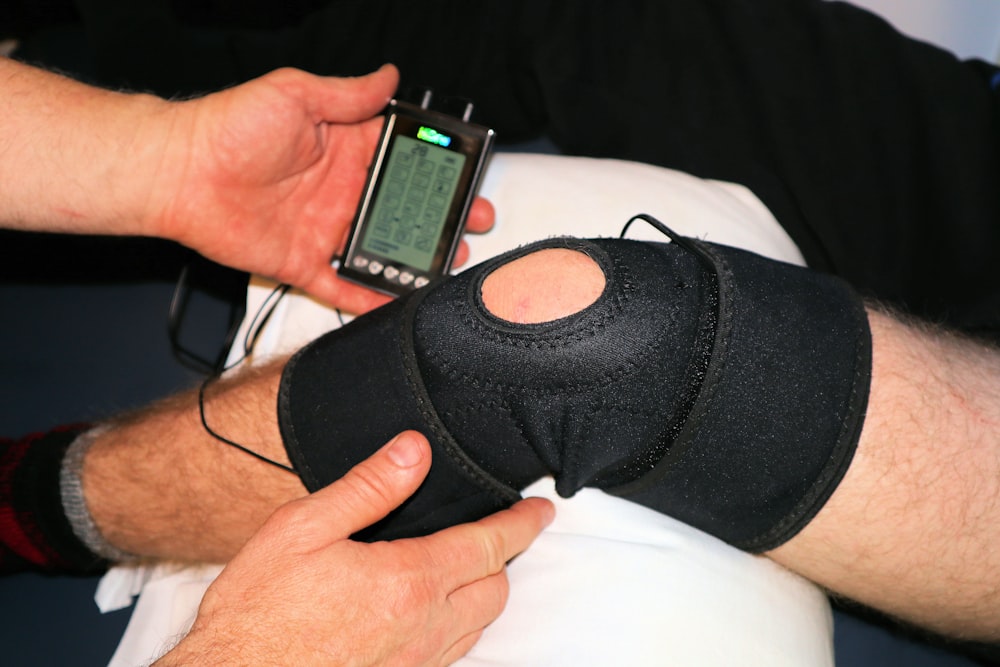目次
TKA後には膝伸展筋力よりも膝伸展速度が重要
人工膝関節全置換術後には膝伸展筋力を術後のアウトカムとして測定することが多いと思います.
人工膝関節全置換術後の膝関節伸展筋力についてはこれまでにも歩行速度との関連性について非常に多くの論文が報告されております.
今回はTKA後には膝伸展筋力よりも膝伸展速度が重要である可能性を示唆する論文をご紹介させていただきます.

今回ご紹介する論文
PLoS One. 2022 Nov 22;17(11):e0276219. doi: 10.1371/journal.pone.0276219. eCollection 2022.
Maximum knee extension velocity without external load is a stronger determinant of gait function than quadriceps strength in the early postoperative period following total knee arthroplasty
Akira Iwata 1, Yuki Sano 2, Hideyuki Wanaka 2, Shingo Kobayashi 3, Kensuke Okamoto 3, Jun Yamahara 4, Masaki Inaba 4, Yuya Konishi 5, Junji Inoue 6, Atsuki Kanayama 6, Saki Yamamoto 1, Hiroshi Iwata 7
Affiliations expand
PMID: 36413535 DOI: 10.1371/journal.pone.0276219
今回ご紹介する論文は2022年に掲載された論文です.
研究の報告
Objective: Quadriceps weakness is considered the primary determinant of gait function after total knee arthroplasty (TKA). However, many patients have shown a gap in improvement trends between gait function and quadriceps strength in clinical situations. Factors other than quadriceps strength in the recovery of gait function after TKA may be essential factors. Because muscle power is a more influential determinant of gait function than muscle strength, the maximum knee extension velocity without external load may be a critical parameter of gait function in patients with TKA. This study aimed to identify the importance of knee extension velocity in determining the gait function early after TKA by comparing the quadriceps strength.
大腿四頭筋の筋力低下は人工膝関節全置換術(TKA)後の歩行機能の主要な決定要因と考えられております.
しかしながら臨床場面では歩行機能と大腿四頭筋の筋力の改善傾向にギャップがある症例が多いのも実際です.
TKA後の歩行機能の回復には大腿四頭筋の筋力以外の要因が不可欠である可能性があります.
筋力は歩行機能の決定要因として筋力よりも影響力が大きいため,TKA患者の歩行機能においては,外部負荷のない最大膝伸展速度が重要なパラメータとなる可能性があります.
この研究では,大腿四頭筋の筋力を比較することにより,TKA施行後早期の歩行機能決定における膝伸展速度の重要性を明らかにすることを目的としております.
研究の方法
Methods: This prospective observational study was conducted in four acute care hospitals. Patients scheduled for unilateral TKA were recruited (n = 186; age, 75.9 ± 6.6 years; 43 males and 143 females). Knee extension velocity was defined as the angular velocity of knee extension without external load as quickly as possible in a seated position. Bilateral knee function (knee extension velocity and quadriceps strength), lateral knee function (pain and range of motion), and gait function (gait speed and Timed Up and Go test (TUG)) were evaluated before and at 2 and 3 weeks after TKA.
この前向き観察研究は,4つの急性期病院において実施されております.
片側TKAを予定している症例をリクルートしております(n=186,年齢75.9±6.6歳,男性43例,女性143例).
膝伸展速度は,座位で外部負荷をかけずにできるだけ早く膝を伸ばしたときの角速度と定義しております.
膝伸展速度,大腿四頭筋筋力,疼痛,関節可動域,歩行機能(歩行速度,TUG)をTKA施行前,2週間後,3週間後に評価しております.
研究の結果
Results: Both bilateral knee extension velocities and bilateral quadriceps strengths were significantly correlated with gait function. The knee extension velocity on the operation side was the strongest predictor of gait function at all time points in multiple regression analysis.
両側膝伸展速度および両側大腿四頭筋筋力は歩行機能と有意な相関がありました.
重回帰分析では,術側の膝伸展速度がすべての時点において歩行機能の最も強い予測因子でありました.
研究の結論
Conclusion: These findings identified knee extension velocity on the operation side to be a more influential determinant of gait function than impairments in quadriceps strength. Therefore, training that focuses on knee extension velocity may be recommended as part of the rehabilitation program in the early postoperative period following TKA.
今回の研究結果から,術側の膝伸展速度は,大腿四頭筋の筋力障害よりも歩行機能の決定要因として影響力が大きいことが明らかとなりました.
したがってTKA術後早期のリハビリテーションプログラムの一環として,膝伸展速度に着目したトレーニングが推奨される可能性があります.
今回はTKA後には膝伸展筋力よりも膝伸展速度が重要である可能性を示唆する論文をご紹介させていただきました.
今回の結果から考えるとTKA術後の理学療法においては膝伸展筋力のみならず膝伸展速度に着目する必要がありそうですね.






